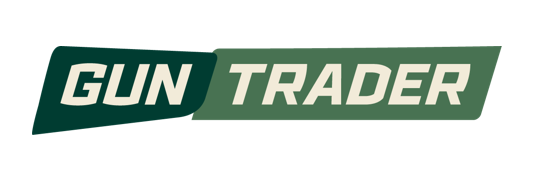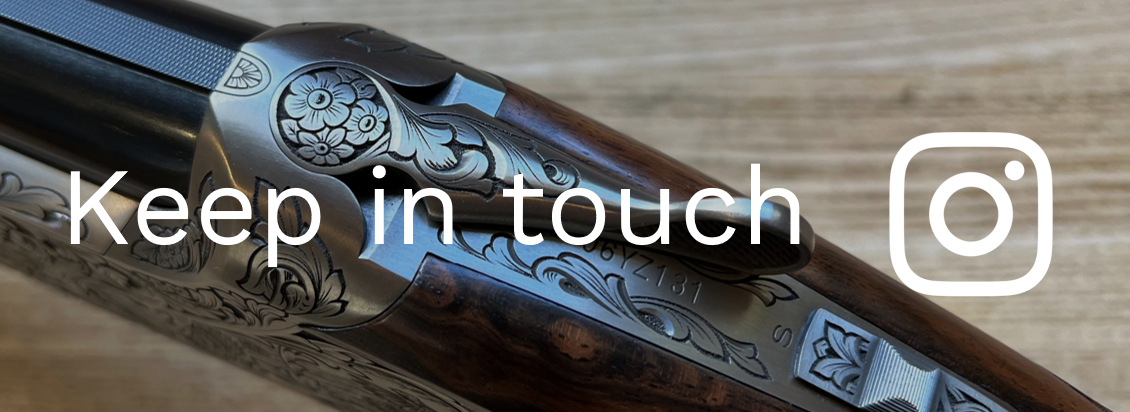Before its demise as a print publication, the authentic voice of the UK fashion industry was a magazine called Drapers. First published weekly in the 1880s, for 125 years it stood astride the world of fashion retailing like a colossus and still does so as an online title. Even in these media rich days if you don’t check out what Drapers has to say then you are not really in the industry. And as a market leader the cost of advertising in it has always mirrored its status. It was very much in its pomp in the late noughties when a newcomer started to appear in its pages, promoting its arrival as a further addition to the market for country chic. That newcomer, spending a fortune on colour pages and back covers of the magazine, was a name very familiar to the shooting market – country boot brand Aigle. To industry insiders the move appeared to be inspired by the same thing that had seen Hunter Boots head to the high street two years earlier and the other French boot brand of renown, Le Chameau, try it a little while afterwards – namely the immense success enjoyed then as now by that scion of the fieldsports clothing industry, Barbour. They all wanted a piece of the action.
The news that boot brand Aigle is now to refocus its sales efforts on its equestrian and shooting offering offers further confirmation were it needed, that its flirtation with high street fashion has been a failure, just as it has been for other boot brands Hunter and Le Chameau and just as it was for clothing marque, Musto. There are many possible reasons as to why these names did not succeed. In Hunter’s case it may have been that it was just too late, seeking to elbow its way into a market which country uber-brand Barbour had already neatly sewn up. Hunter poured money into its ambition, hiring Stella McCartney’s husband, Alasdhair Williams, to design the range along with a host of other expensive but less well known faces drafted in to spread the word. Aigle had been selling outdoor clothing in its home market of France as well as operating own label stores there, but apart from a disastrous early noughties foray into London’s West end, they had no UK retail experience. And Musto, well, the kindest thing one can say about their lifestyle offering was that it was unfocused to point of having cataracts. When Le Chameau was sold to venture capitalists in 2012, the new owner’s first decision was to hire a hotshot MD with no experience of the footwear sector. This was followed by the monumentally dumb decision to sack the UK distributor who had built the brand up over the previous two decades, no doubt under the impression that they could harvest the fruits of someone else’s hard work and keep it all for themselves. The person in charge talked expansively of extending the brand into the high street, eventually overseeing a collapse in sales before departing presumably with a nice pension and pay off.
All different circumstances, but the four brands shared one thing in common. Each had occupied a strong niche in its core country market and each had a clear brand identity among its target audience. And each, once it got the idea into its head that it was going to make it big in the world of fashion, immediately lost sight of those core values – the things that gave them their unique authenticity. How did that manifest itself? Advertising in the traditional country pursuits publications was slashed and where not, dropped altogether; presence at specialist trade shows reduced or curtailed; marketing staff with no experience of and little interest in the fieldsports markets were hired. There was the one exception of Barbour. Even to this day when, for example, its bestselling Utility jacket is worn by thousands who have no idea of its country pursuits roots, Barbour never forgets its lineage. Yes, it has more or less ceased to advertise in print media and no longer appears at specialist trade shows, but (and for once we can use this expression with some accuracy) its DNA as a country brand remains unsullied.
The Aigle boot offering, especially the Parcours, is excellent and many retailers stuck with them when the brand’s head got turned, despite being given scant attention during its fling with the high street. That was because of the work done and relationships established by its original shooting market distributor Rochard. The same can be said of Le Chameau’s remaining market share which is so because of the solid foundation established by GMK. When Musto was sold it seemed its first action was to get rid of the agents and sales team that had been so much part of its success and predictably enough it has never recovered. From this we learn, as if the lesson were ever needed, that you can only destroy a great tradition once and so it will be interesting to see what kind of reception Aigle gets when it attempts to rekindle a loving relationship with the shooting sector.

